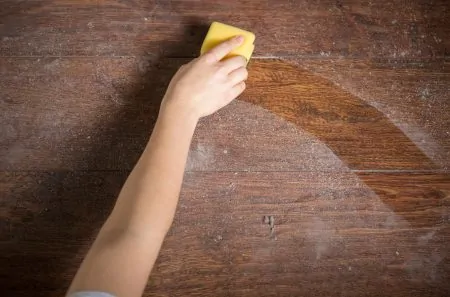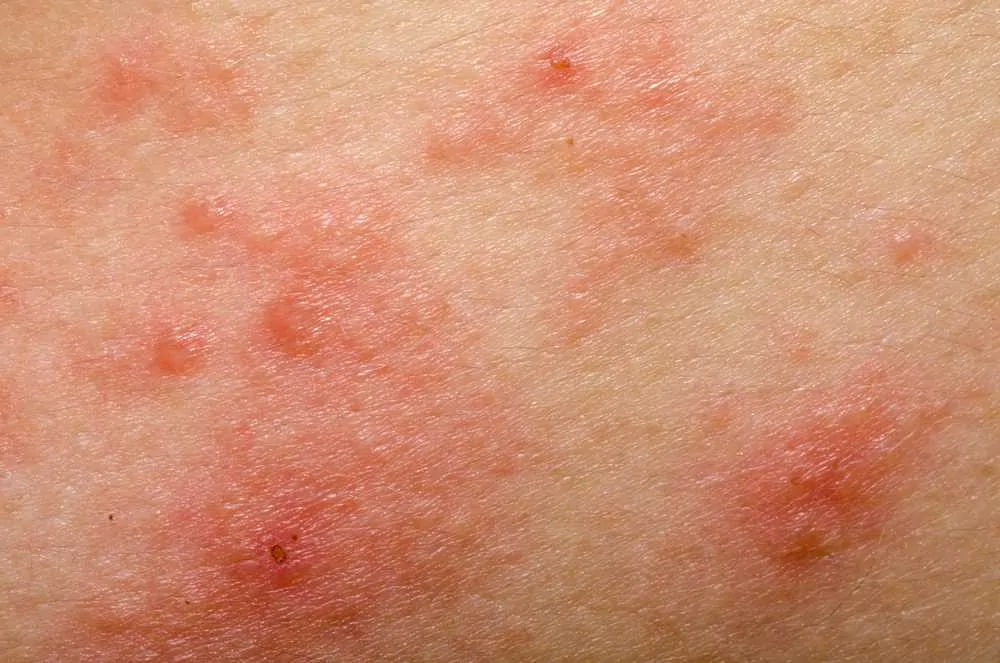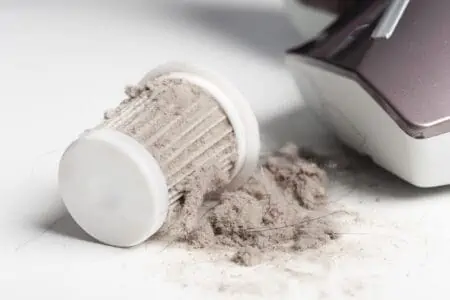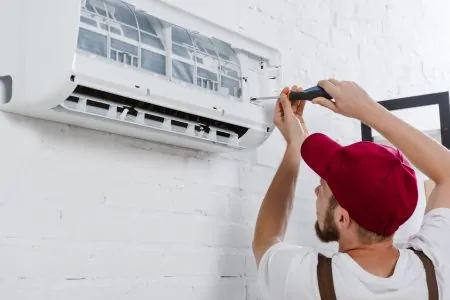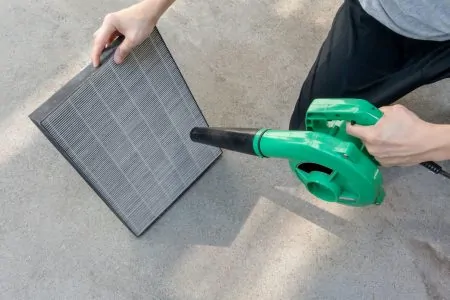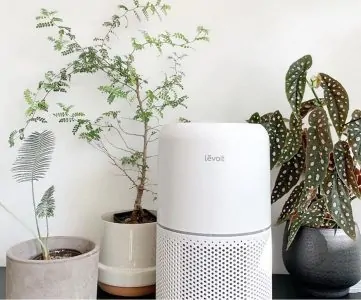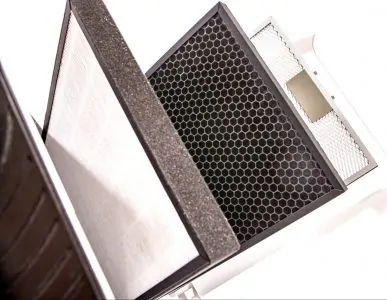Dust mites are some of the most common allergens within a house. These microscopic arachnids can cause respiratory allergies when inhaled.
Once you have dust mites dwelling in your home, it can be challenging to get rid of them. It’s essential to understand what dust mites are and how to properly eliminate them from your house.
Many homeowners believe that dust equals dust mites, but that’s not always the case. There are many other misconceptions about dust mites, so we’re here to set the record straight.
Key Takeaways
- Dust mites are microscopic arachnids that can cause allergies and thrive in dark areas, like mattresses and carpets.
- Lowering indoor temperature and humidity levels can slow down dust mite reproduction.
- Regular cleaning, such as vacuuming, mopping, and washing bedding, can help eliminate dust mites and their waste.
- Natural remedies, like tea tree oil and eucalyptus oil spray, can help kill dust mites and prevent future infestations.
What Are Dust Mites?

Dust mites might look like tiny bed bugs, but they’re actually closer related to spiders.
They’re commonly found in dark areas such as mattresses, upholstery, carpets, curtains, and bedding (1).
Dust mites prefer these areas due to the excellent access they have to their favorite meal: dead skin flakes. Unlike bed bugs, who prefer to feed on our blood while we’re sleeping, dust mites prefer what we leave behind.
We shed a significant amount of dead skin as we toss and turn in bed or move around the house. However, it’s not only human skin they enjoy; dust mites also feast on pet skin flakes.
No matter how often you clean your home, dust mites can be tricky to eliminate fully. As long as they have access to nutrients and a warm, humid environment, they’re in your house for the long haul.
Dangers of Dust Mites

Despite the microscopic size of these common household pests, dust mites can pose a high risk to our health.
Dust mite allergy is very common, and it occurs when we’re exposed to dust mites.
How to Get Rid of Dust and Dust Mites

The best way to prevent allergies is by removing dust and dust mites. However, this might be easier said than done. Dust mites can hide in many areas around your home, so be ready for a deep clean.
We’ll help you by breaking it down into sections and revealing the most effective methods for each area of the house.
What Kills Dust Mites Naturally?

Now that we know how to get rid of dust mites from your home, we’ll share with you a few natural ways to kill them. However, it’s important to note that your allergies won’t be relieved by killing the mites. You’ll have to vacuum and clean the area thoroughly afterward to remove waste and dead mites.
Here are a few natural mite-killers:
- Homemade mite spray: For a quick mite-killing spray, you can mix two tablespoons of eucalyptus oil and two tablespoons of tea tree oil. Combine the oils in a dark spray bottle with two cups of distilled water. Tea tree oil is an antibacterial and anti-fungal oil commonly used to fight pests, mold, and mildew (11).
- Diatomaceous earth (DE): DE is a fine silica rock powder that instantly kills dust mites when in contact. Sprinkle the powder where you suspect dust mites to be hiding. Leave the powder for as long as possible, then vacuum to remove dead mites and powder. Make sure you’re using a permitted form of DE; this powder can be toxic if inhaled, so keep the area clear (12).
- Rubbing alcohol: Mix five tablespoons of rubbing alcohol with water in a medium-sized spray bottle. Spray areas where dust mites can be found. Rubbing alcohol is very potent and poisonous to many types of mites. Do a small test before applying to ensure the alcohol won’t damage the surface (13).
Dust Mite Myths
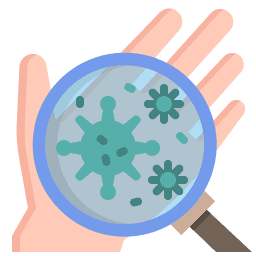
You might hear various ways to eliminate or kill dust mites, but what is true?
We’re here to set the record straight and figure out what works and what doesn’t.
How to Keep Dust Mites Away

Avoiding a dust mite infestation is important regardless of whether you suffer from allergies or not.
These pests can be frustrating to deal with, so try the following to avoid mites in the future:
- Keep humidity low: Keeping your indoor humidity below 50 percent will make it nearly impossible for dust mites to survive.
- Use pillow and mattress covers: Dust mites like to hide inside pillows and mattresses, so it’s important to protect them. Invest in a few dust-proof or allergen covers that’ll keep unwanted pests far away from you.
- Clean regularly: Keeping your home clean is essential. Regularly vacuum upholstery, mattresses, and other soft furnishings.
- Wash regularly: Once per week, remove all bedding and blankets and wash in the washer on high heat. This will remove dust mite waste and kill any living mites.
- Use synthetics: Nothing beats warm wool or feather bedding, but unfortunately, dust mites also love these materials. To prevent mites, consider switching to synthetic materials; these are also easier to wash (16).
FAQs
No to Mites
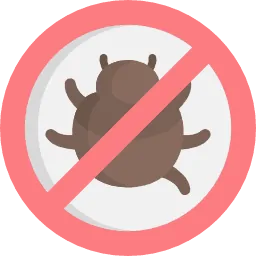
Dust mites are common household allergens that often wreak havoc inside a house.
These microscopic cousins of the spider aren’t as easy to deal with as other pests. Simply killing the infestation won’t be enough since their skeletons and waste will continue to trigger allergies.
There are many effective ways to get rid of dust mites. We highly recommend steam cleaning since extreme heat will kill them. However, it’s crucial to always finish with a strong HEPA-filtered vacuum to remove all traces of dust mites.
